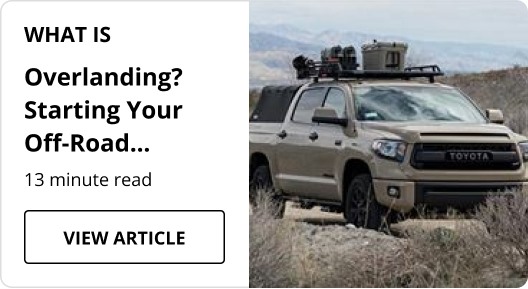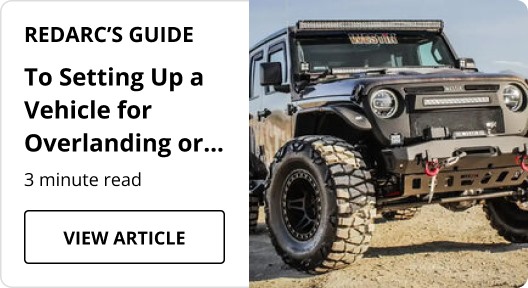
Overlanding Gear for Off-Grid Travel
Embark on your next overlanding journey.
What’s the difference between overlanding and off-roading?
How do I know if my vehicle is ready for overlanding?
Ground clearance & tire condition – Will your vehicle handle the terrain ahead? Weight capacity – Are you carrying too much gear? Power & fuel range – Do you have enough fuel and battery power for the trip? Recovery & repair readiness – Can you handle minor breakdowns if they happen?



